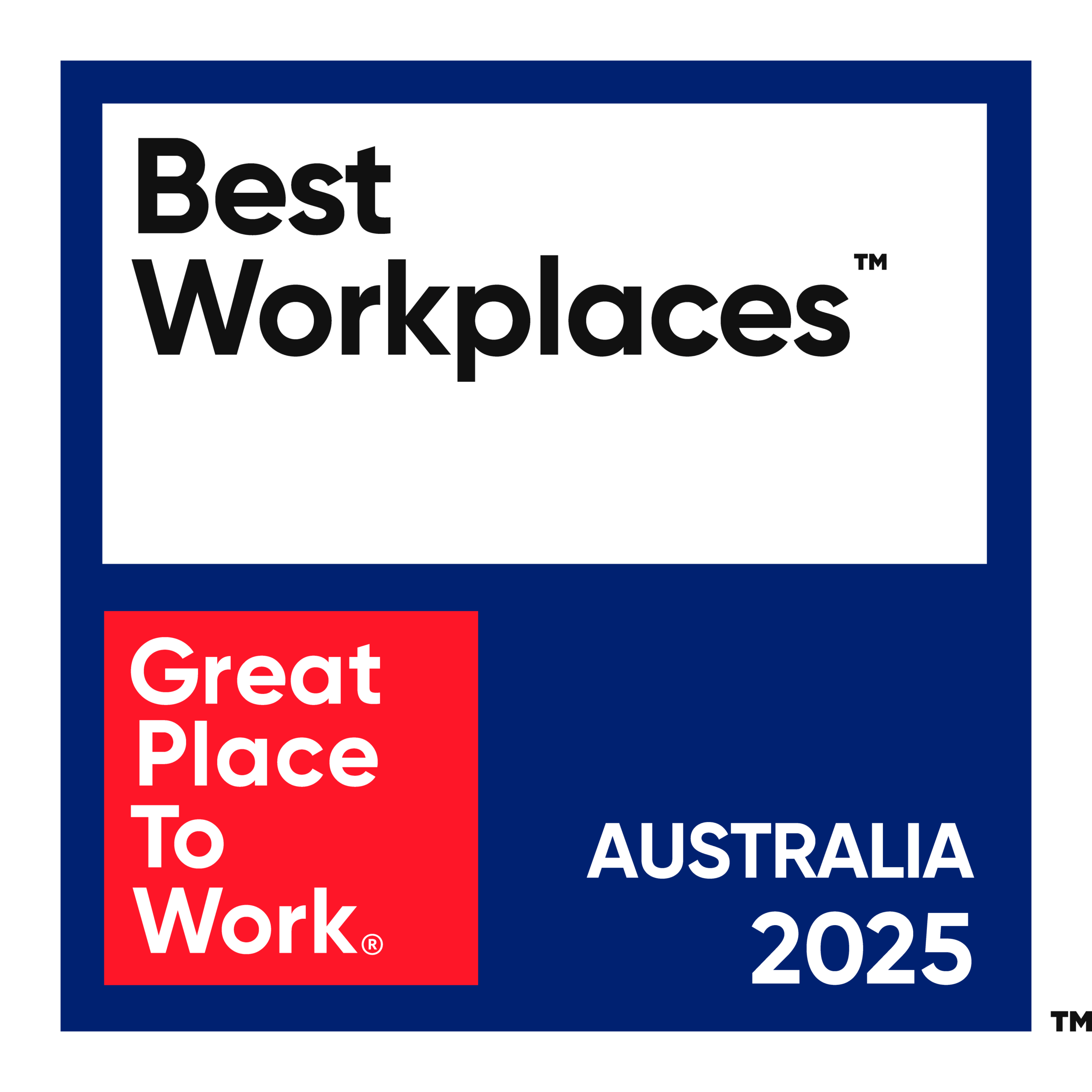5 ways to motivate your team after the holidays
Coming back to work after the holidays can be a difficult adjustment for workers who have settled into a more relaxed pace.
Neither virtual meetings or public transport are a particularly enticing prospect after a beachside holiday. In fact people are most likely to leave their jobs on 31 January, with enquiries for career counselling also spiking in the first month of the year as people seek new opportunities.
However, with these five strategies, you can help workers feel better about returning to work, drive productivity, and limit their likelihood of looking for something else.
Welcome back workers with a positive and energetic experience:
What are workers walking into when they come back to work? Is it endless meetings and an overflowing inbox? Or is it a positive experience that energises and motivates?
The first days back after the holidays set the tone for the year, and a good experience can have a huge impact on morale and motivation.
Consider running a fun team building program, or integrate one into a greater conference or event that seeks to align your workers with the greater business vision.
Re-align workers with the business vision and mission.
Having employees aligned with the greater business vision is essential in helping them find a greater sense of purpose in their work.
After the Christmas holidays in January presents a great opportunity to reconnect teams with your vision and mission, reunite them with the brand and motivate them to achieve the mission.
Note, a snap 30-minute boardroom “vision and mission refresh” is unlikely to produce much motivation. Instead, deliver staff an experience that aligns with your brand and culture and inspires staff to again embrace your business values and purpose.
Establish SMART Goals:
SMART goals will help your workforce define exactly what their focus is for the coming year in helping deliver on the vision and mission they are now aligned with. It will also help provide clarity around roles and tasks – a key factor in job satisfaction.
Meet with employees individually and as a team to set personal, work, team and business goals, and have people take ownership of setting their own goals and the KPIs that will define whether they are on track for success throughout the year.
Ensure everyone is crystal clear on their and the greater business goals, the priority of each, and what their individual role is in reaching them.
-
Specific
-
Measurable
-
Achievable
-
Realistic
-
Timeline
Avoid pointless meetings:
Meetings and project coordination is now consuming 60% of our day according to 2021-released research, leaving less time to do actual work, leading to overtime. Meeting frustration is exacerbated in virtual environments where technical challenges and engagement can suffer, unless appropriate processes are in place.
So, before you or your team members call a meeting, consider whether the attendees’ time might be better spent actually doing the work you’re meeting to discuss. If the meeting must run, keep it succinct.
Communicate this protocol to help motivate employees after the holidays explaining that you want to see them go home on time where possible.
Actively seek input and feedback from employees
If you want to make someone feel valued and important, listening to – and valuing – what they have to say is essential.
However, 2021 published research shows that only 15% of workers feel heard by their organisation. That is a lot of people who feel ignored and undervalued.
Asking for feedback is also important for management to understand worker perceptions and help identify shortfalls or blind spots.
So, help drive morale and motivation among your staff after the holidays by actively seeking their input and feedback – and acting on that information.





